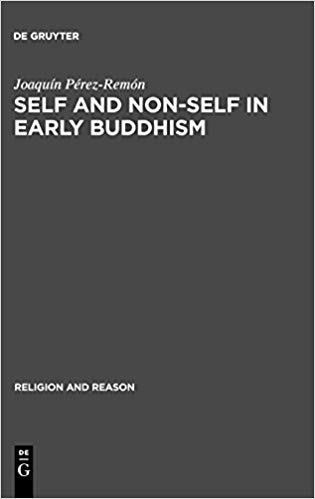- PrefaceV
- List or Sources and AbbreviationsXI
- Introduction1
- Part One: The Existential Self
- 1. Preliminary Remarks7
- How to translate the term attā7
- Has the term attā a mere conventional sense in the Nikāyas?10
- The Nikayan approach to the term attā17
- 1. Preliminary Remarks7
- 2. Attā as Man's Highest Value20
- The self as refuge20
- The self is best26
- In love with the self34
- Look for the self37
- Paccattaṁ40
- Ajjhattaṁ43
- 2. Attā as Man's Highest Value20
- 3. The Self as the Moral Agent49
- Moral energy of the self50
- Salvation in general and the self56
- The chariot and the charioteer57
- Knowledge of the self63
- Manifestation of the self67
- 3. The Self as the Moral Agent49
- 4. The Self and Moral Evil77
- The metaphysical self, as such, is above moral good and evil77
- The moral self as the cause of moral evil80
- The moral self under the influence of moral shortcomings82
- The moral self 'wounded and killed' by evil83
- Asmimāna as the root of all moral evil85
- 4. The Self and Moral Evil77
- 5. Towards Perfection90
- The self as related to moral good90
- Self-exertion94
- Self-control98
- Purification of the self104
- 5. Towards Perfection90
- 6. The Self and Perfection108
- Perfection of the self108
- Self-stability109
- 'He dwells with a self brahma-become'113
- Full blossoming of the self118
- The self and nibbāna122
- Nibbutatto129
- 6. The Self and Perfection108
- 7. The Self as Related to Kamma and Rebirth131
- The self and kamma131
- The self and rebirth143
- 7. The Self as Related to Kamma and Rebirth131
- 8. A Brief General Assessment of the First Part148
- Part Two: The Metaphysical Self

